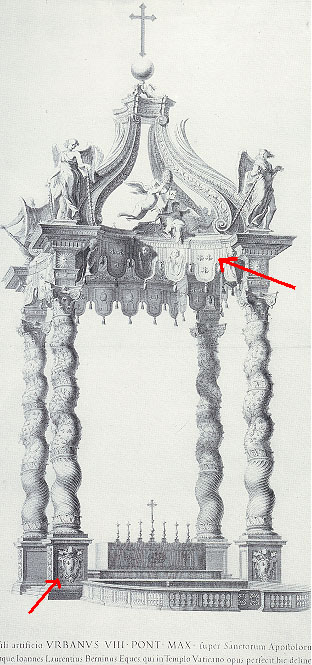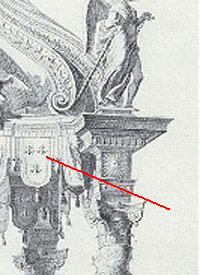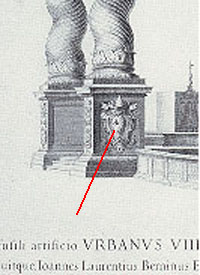|
On close examination of furniture used in the Vatican
one will find the bees used as decorations along armrests and
legs. They also appear on crests of various aristrocrats (royalty)
who belong to the Merovinian bloodline. Cathedrals in Germany
are plentiful and they date back to 1100 and still in tact. They
spend much money to preserve these treasures. But along with
it they are preserving the masonic history which is visible on
grave stones markings within the Cathedrals. Most aristocrats
which made up the political layer of Europe were in the brotherhood
(Lodges), which is also visible on portraits which display their
chains, incense containers and emblems. They were very active
members of the Catholic church before Martin Luther . He not
only reformed the Cathlic Church into the Protestant movement
in northern Germany but also went after the Lodges. |
After graduating from his university studies, Martin Luther
went to Rome and was shocked by the spiritual laxity apparent
in high ecclesiastical places. He completed his doctorate and
became a professor in Wittenberg, Germany which became the cradle
of the Reformation. He felt compelled to protest the practices
of the dispensation of Roman Catholic indulgences. Luther posted
95 theses on the door of the castle church in 1517. At a meeting
in 1918 with a papal legate at Augsburg, Luther refused to recant
and was forced to declare himself at variance with the Roman
Catholic church . He was excommunicated by the Pope in 1521.
His friends placed him in safekeeping after which he translated
the New Testament into German and began translating the entire
Bible over the next ten years.
Roman Catholicism had made the Bible only available in
Latin and was preached in Latin to the church population. That
is why those years before Luther are called the "dark ages".
There was no access to the Word of God in one's native language.
Martin Luther wrote a trackt entitled "The Freedom
of a Christian Man" in which he presented a new ideal of
piety - that of the Christian man, free in conscience by virtue
of faith and charged with the duty of conducting himself properly
in a Christian brotherhood. Emphasis was laid on justification
by faith alone for the first time.
(The Columbia Encyclopedia 19th printing
59) |
 Images are taken from the
book: "Vatican Treasures 2000 Years of Art and Culture in
the Vatican and Italy.Electa, edited by Giovanni Morello
Images are taken from the
book: "Vatican Treasures 2000 Years of Art and Culture in
the Vatican and Italy.Electa, edited by Giovanni Morello

